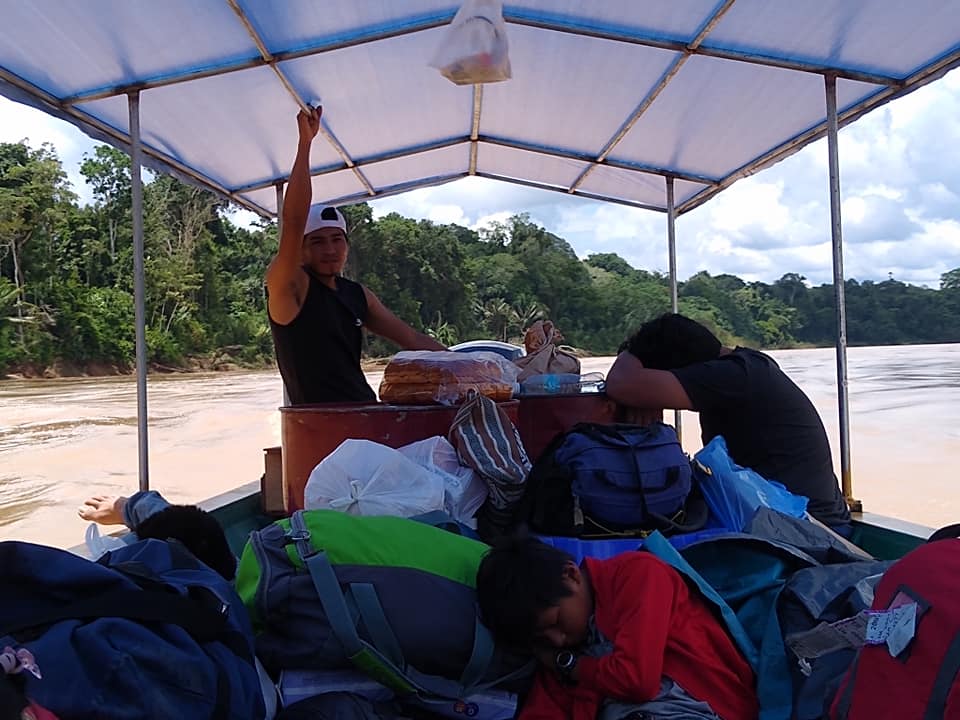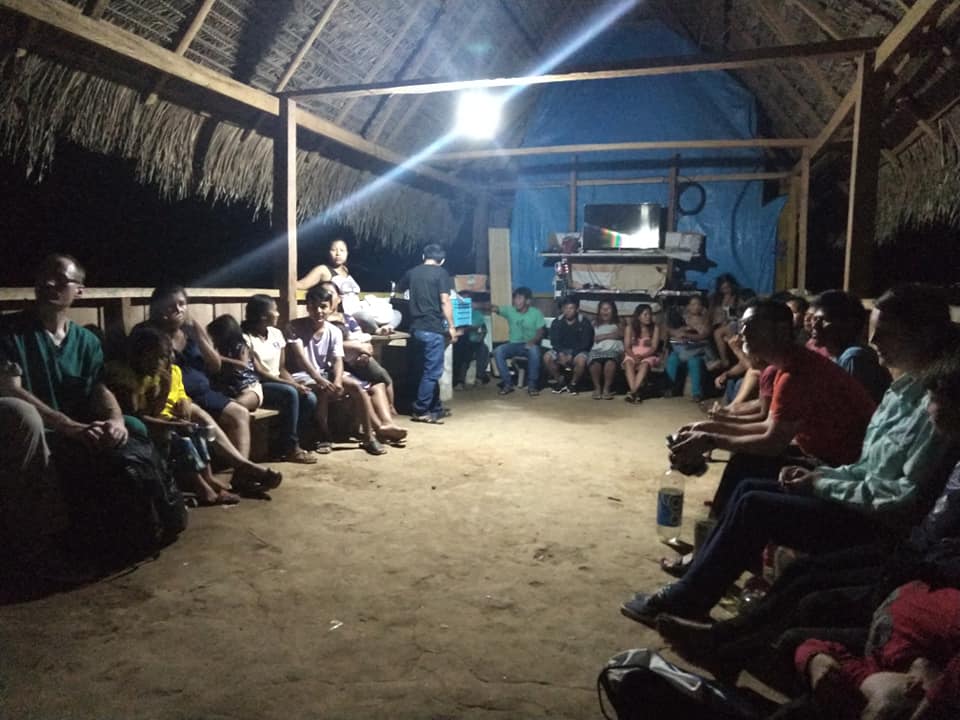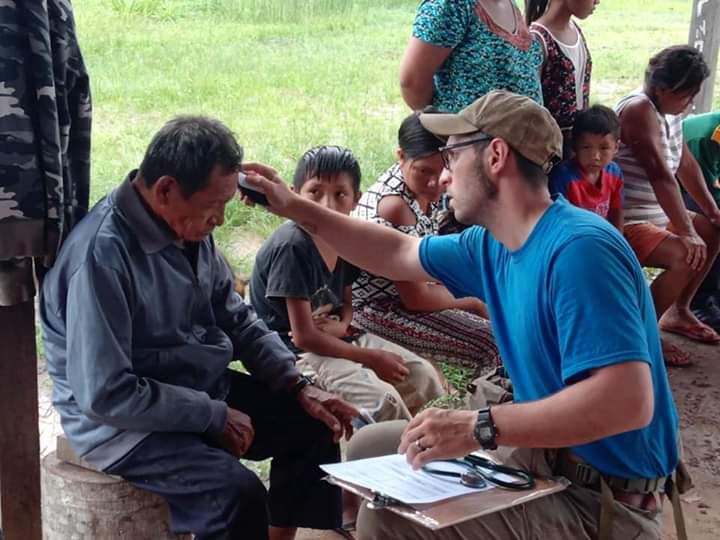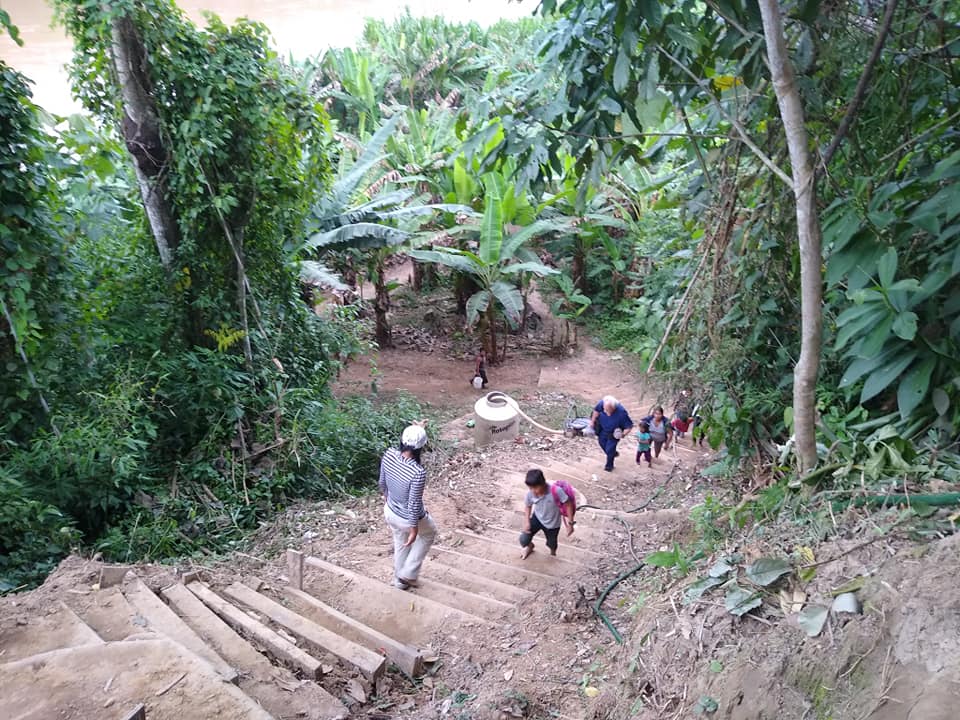
Epilogue: The Boat
Travel Journal, 56
On a sudden, the motor coughed, sputtered, and gave up the ghost. The rapid river was now in control. The small crew at the back of the boat fought with the motor to try and get it started, to no avail. Soon the boat lazily turned and turned until this motley little band of river rats were nearly perpendicular to the oncoming river currents. With the river so high due to the frequent rains this time of year, it can be difficult to see semi-submerged logs protruding from the surface.
But directly in our path lay just that. A dead tree, about 10 inches in diameter jutted out from the river surface, and straight ahead. We all saw it. Some of us climbed onto the edge of the boat, hoping to push away from the branch when it approached. Others continued to try and get the motor started.
Everybody grabbed onto something.
But it was far too late. The boat heaved and rocked onto the side closest to where the branch just hit us. A loud banging noise came from the metal vessel. Then, like a pendulum, the boat rocked back, overcorrecting and tossing the passengers to the other side. Thankfully, nobody fell into the water. The branch scraped along the bottom of the boat and disappeared behind us.
Troubleshooting began.
“That’s what we call a near miss.”
“I’ll say.”
Eye’s wide all around.
“We’ve got to tie this boat off if we can’t get the motor started.”
“Where? Nothing here but rocks.”
“Over there—see, the beach. Plenty of trees.”
The boat now turned freely in the fast-moving river.
Shoes off.
Rope in hand.
Into the river.
Another into the river. Both swam to the beach.
Success.
We avoided catastrophe narrowly. And it kind of sounds adventurous. If the river had flipped the boat, it would not have been its first victim. All of our medical supplies and gear would have been lost.
Some dream of adventure; find it, they may. But our goal was not to find adventure. Our goal was to bring care and love to a people in need along the Las Piedras river in Peru. God’s guiding hand protected us along the way.
anthony forrest
Related Tales:
Prologue to Field Notes, Peru: Return to South America
Part 1 of Field Notes, Peru: Medical Nomads
Part 2 of Field Notes, Peru: A Bird Who Brings Bad News and Good News


